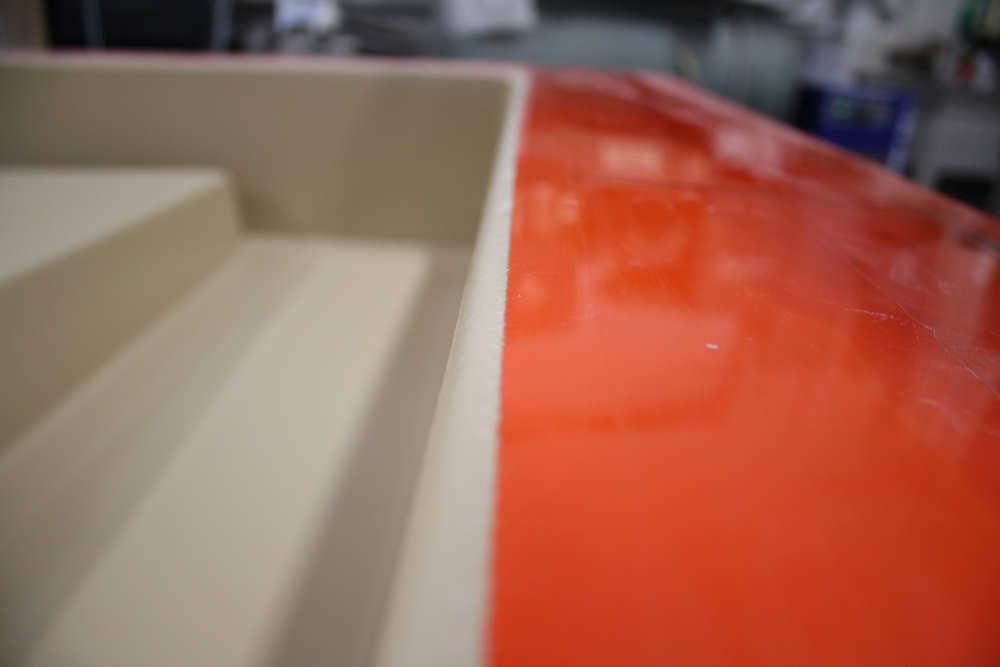Resin Transfer Molding
TJH Composites has a wealth of experience in the art of RTM and LRTM. We have been consistently producing uniform, high-quality parts & products using this technique for years. We would love to talk to you about any project or product we may be able to help you create using resin transfer molding.
What is RTM?
Resin transfer molding (RTM) is a method of fabricating high-tech composite structures. The RTM process is capable of consistently producing composite parts with high strength, complex geometries, tight dimensional tolerances, and part quality typically required of aerospace applications.
RTM is one of the best methods for the mass production of composite parts. When a component that has a large surface with complex shapes and smooth finishes is required RTM is the preferred process.
That is one of the reasons the automotive, aerospace, industrial and agricultural industries have been using Resin Transfer Molding process for decades.

Benefits of Resin Transfer Molding
RTM has several benefits when compared to other available processes, they include:
- Very good surface quality
- A wide range of reinforcements
- Process allows creation of large complex shapes
- Low investment of capital
- Lower material waste
- Environmental impact is low
- Flexibility in tooling
- Saving in labor time and costs
- Easy to add inserts and reinforcements for greater strength
- No air entrapment within the product
What is Light Resin Transfer Molding or LRTM?
Light Resin Transfer Molding or LRTM is similar to RTM above. The main difference is how the resin is injected into the mold.
RTM uses a diverging flow when injecting resin into the two mold halves. This means the resin is injected in the center and flows out from the center to vents located on the corners or outer side of the mold. One of the biggest concerns with RTM is avoiding dry spots. LTRM solves this concern.
Light Resin Transfer Molding uses advanced tooling to allow the resin to be injected at the mold’s outer flange along the perimeter of the part and allows it to converge to the center of the mold. This differs from RTM in that with traditional RTM, you don’t want the resin to race around the edge while with LTRM it is designed to do exactly that. This eliminates dry spots and creates a higher quality part.
